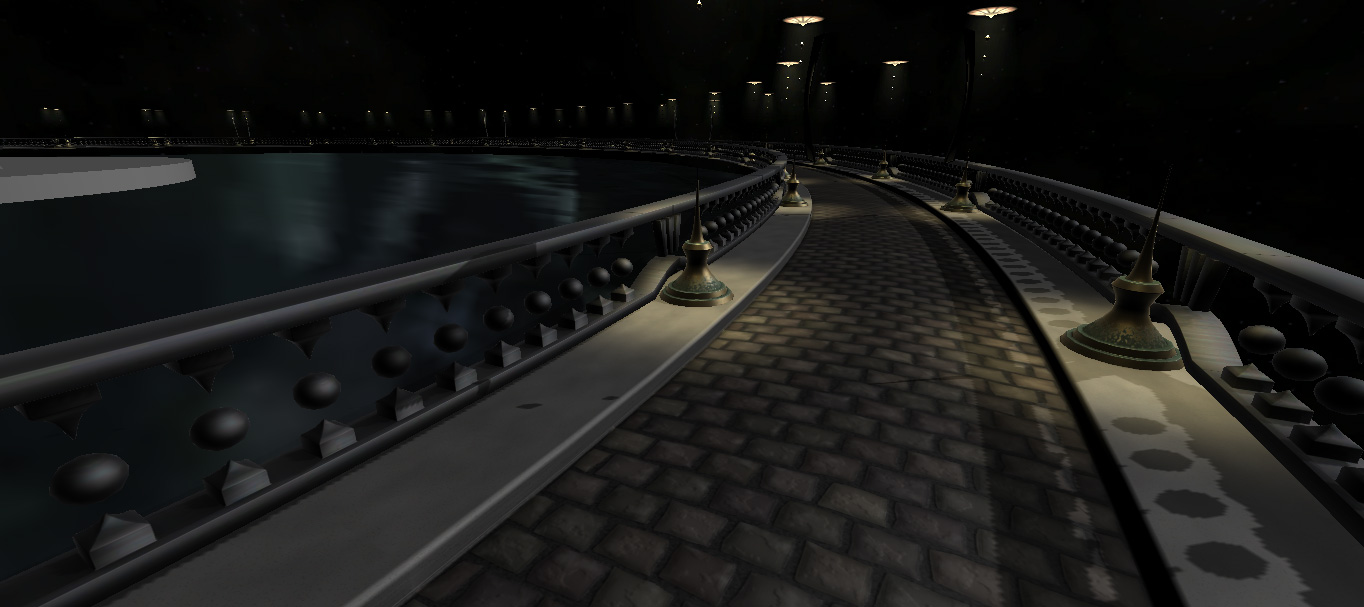I tend to think of cooking in terms of problem solving, and the problems I’m solving are always the same: spend less time cooking; make the management of meals and ingredients easier. I dislike cooking, and that’s why I’m trying to do it better.
I’ll pick one problem and just keep at it until it’s been solved to my satisfaction. The latest problem is microwave popcorn. The full-size bags are too much for me, and the single-serving bags always end up both burnt and barely popped. A 10 pack of popcorn bags takes up a lot of space in the pantry, for very little food. There’s also lots of waste, with the box and the plastic-wrapping around each bag and the bags themselves.
The solution is homemade popcorn. A small jar of kernels can produce way, way more popcorn than a large box of popcorn bags. There’s less waste. I can portion things the way I want.
But despite trying a different recipes, the popcorn I’ve been making has been pretty unappetizing. It comes out oddly stale. The salt doesn’t stick. The butter feels greasy.
I still haven’t made popcorn to my satisfaction. But there are still new things I can try here. In the long term, I’m confident I’ll solve this problem; I’m confident that eventually, this will actually feel more convenient than popping a bag into a microwave and pressing a button, because of the vastly reduced frequency with which I’ll be buying boxes of microwave popcorn, and because of the vastly improved likelihood that I will have raw ingredients on hand any time I want them.
And here’s the point of all this: I still eat the popcorn. Greasy, burnt, bland, chewy popcorn. I eat it all. Because whether it’s a snack or a dinner gone horribly wrong, it’s food you prepared, and you’re gonna sit and you’re gonna eat it. I’ve made some really bad food here and there, but it’s hard to think of calling dinner a loss and pitching it (though sadly, I have done this a couple times). You gotta eat.
Which brings me to video game authoring.
* * *
A seeming difference between completely digital artwork and dinner is, I have no qualms about pitching reams and reams of art and starting over. You don’t have to eat everything you make.
Unless, maybe, you do.
I’ve been working on this walkway for Tinselfly for six days, using drawing technique in my modeling program that I didn’t know existed before Saturday.
For six days’ work, I think this is looking pretty good. The only problem is, I spent way too much time on the cobblestone, and I’m still not really happy with it.
I made something, and threw it out. Then I made something a completely different way, and threw it out. Then I made this.
But I certainly would have learned more — and worked more efficiently — by just putting an ugly texture into my scene and moving on — sort of like eating the bad popcorn. The things I learned making this look better, I would have learned just as well while making something new for the scene. And then I could have come back and fixed this quickly.
The only disadvantage to moving on is that you’ve got this ugly thing in your scene for a while. I don’t like having ugly things in my scene. Even though this is of course a work in progress. I feel compelled to drop everything and immediately work on whatever looks the worst.
So here’s something new I’d like to try doing: at the end of the day, ugly or not, whatever I’ve worked on is going into my scene, and the next day I’ll start working on something else.
And it may be there for a while. And it will annoy me. And that’s something I need to get over.
